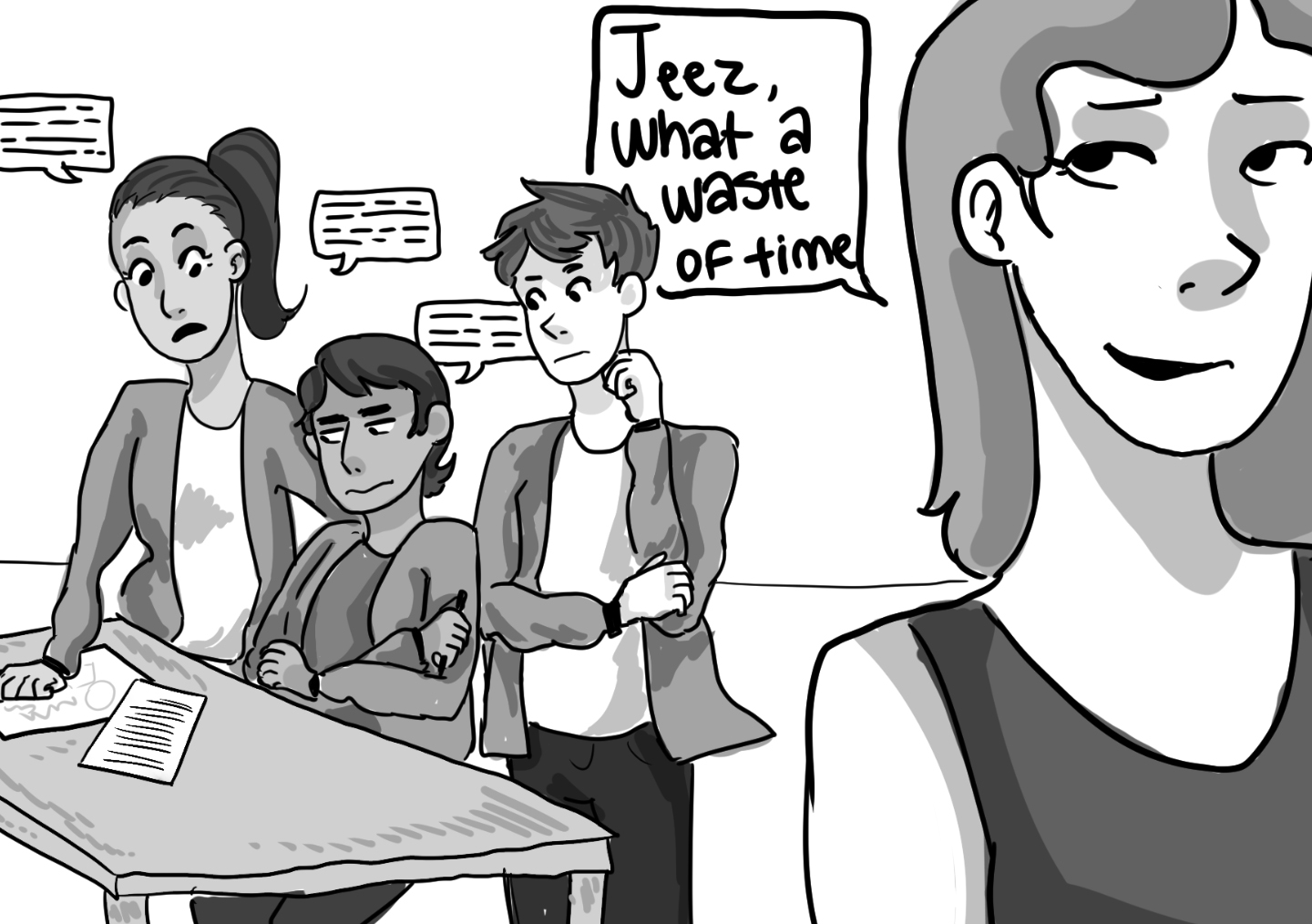By Brandon Yung
Staff Writer
Public Schools have always been one of the gleaming triumphs of American accomplishments. Embodying the core of social mobility, public education is designed to give every American, regardless of race or class, a shot at the good life. As promising as these ideals may sound, the truth is, we are far from reaching them.
A UCLA study done in 2007 found that the trends of ‘re-segregation’ have become more noticeable, especially in the west. The study also found that, nationwide, as a school’s percentage of minorities increases, the qualifications of school faculty typically declines along with the amount of available AP courses.
In Los Angeles, some of the state’s highest and lowest earning school districts can be found within a few miles of each other. The digressions can be made possible by laws that have the intention of segregation—take for example San Marino Unified School District.
The luxury coach style buses that lined Diamond during the Homecoming game against San Marino were hard to ignore. The buses might have been dismissed as classic San Marino elitism, but they point to a much larger issue.
Cities such as San Marino set housing development requirements that exclude lower income families from their community. These ordinances gained prominence throughout the United States in the late 19th century, when laws were created with the specific intent of
racial segregation.
In 1994, San Marino was mandated by a California fair housing law to come up with a plan to create and develop affordable housing. Instead of following through according to the mandate, San Marino took advantage of the ambiguities in data projections to avoid their obligations for lower-income housing. The city has been maintaining strict
exclusivity since.
In 1975, a town in New Jersey known as Mount Laurel (not much different to San Marino at the time) had their exclusionary zoning regulations challenged on the grounds of violation of the state’s constitution. The case was successful in allowing the development of affordable housing in the town, and by doing so, successfully increased school district diversity. While education may never be entirely equal, we can at least strive to fix the trends that lead to those disparities by striving towards achieving
diversified populations.
Solutions are ready and accessible, but towns like San Marino still refuse to implement them. As the financial disparity between districts grows, modern segregation in schools is enforced. Low-income and minority students are being actively denied higher quality educations when districts refuse to accommodate them. It’s time to put pretension aside and do away with laws that take root in what are undeniably bigoted ideals.



